Changing the Games: Why Tokyo 2020 will be the most technologically advanced Olympics yet
Japan is hoping to amaze athletes and fans alike at the upcoming Tokyo 2020 Olympics, with a host of cutting-edge innovations. Can it deliver on its promise?
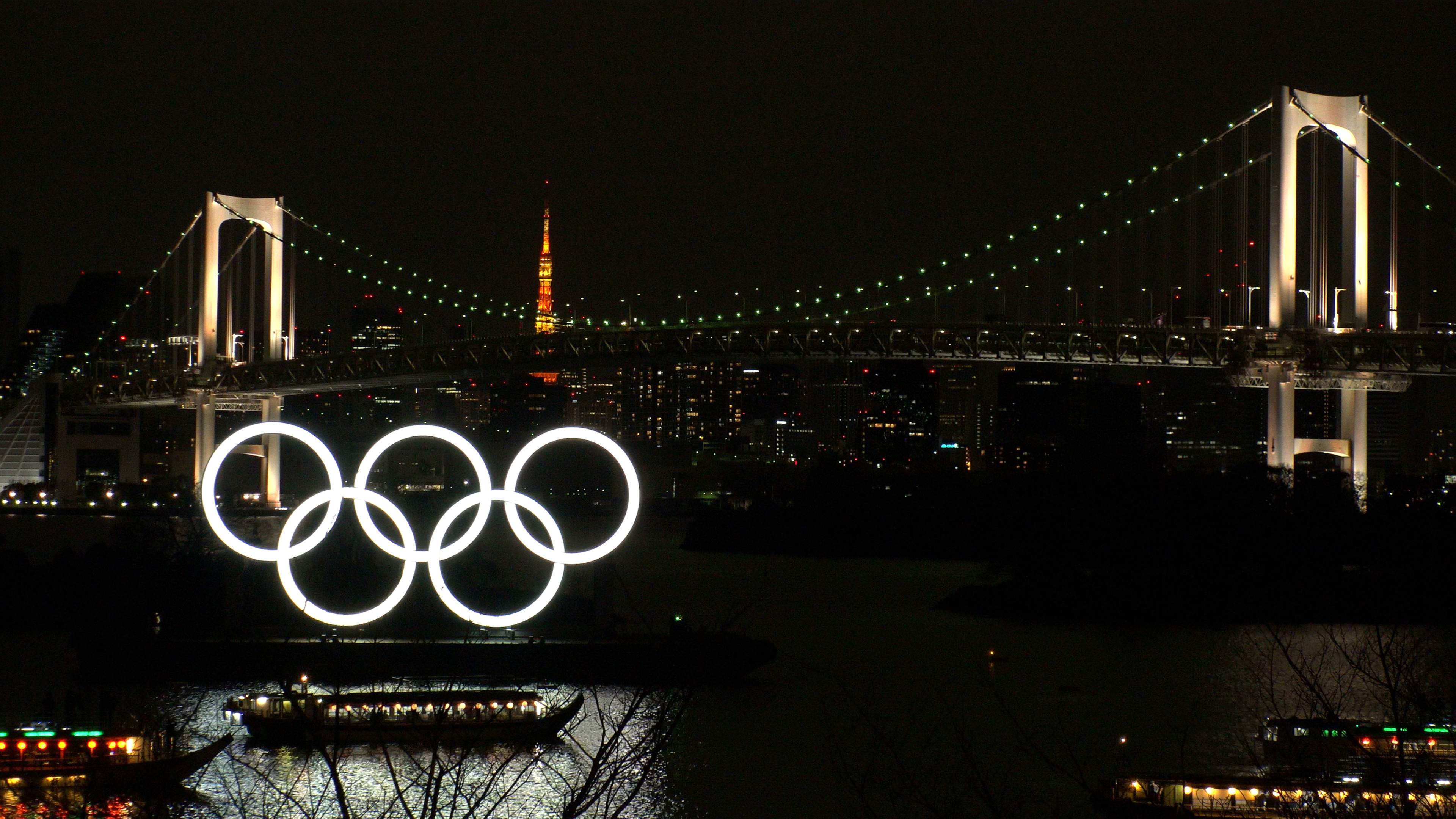
This article originally appeared in February's edition of IT Pro 20/20, available here. To sign up to receive each new issue in your inbox, click here.
56 years after it held its first Olympic Games, Tokyo will – hopefully – play host for the second time, from 24 July to 9 August 2020.
The Games in 1964 sparked a number of technological feats for the Japanese capital. It was the first major sporting event broadcast via satellite, computers were used for the first time at an Olympics and state-of-the-art timing solutions were adopted, enabling competitors to be tracked to one-hundredth of a second.
The 2020 edition promises to be just as ground-breaking. Tokyo 2020 organisers are working together with a number of key delivery partners, including Japanese automaker Toyota, which will be delivering over 3,700 sustainable mobility solutions including 500 of its hydrogen-powered Mirai sedans, which will ferry officials between venues. The firm’s hydrogen fuel cell bus, named Sora, will shuttle visitors while behind the scenes, fuel cell forklifts will help keep things moving.
Toyota has also developed a product expressly designed for use at the Games – the Accessible People Mover (APM). The low-speed, short distance battery electric vehicle is a last-mile transport solution. Approximately 200 APMs will be in use at Tokyo 2020.
“90% of Toyota vehicles at Tokyo 2020 will be electric,” says David Rogers, a spokesperson for Toyota's Olympics partnership. “With this in mind, Tokyo 2020 will not just be the most technologically advanced and innovative Games, but it will be the cleanest too.”
Toyota will also provide the latest in robot technology to assist with specific mobility needs. For example, Human Support Robots and Delivery Support Robots will aid over 1,000 spectators using wheelchairs at the Olympic Stadium by carrying food and other goods, guiding people to their seats and providing event information.
Get the ITPro daily newsletter
Sign up today and you will receive a free copy of our Future Focus 2025 report - the leading guidance on AI, cybersecurity and other IT challenges as per 700+ senior executives
Toyota has also developed mascot robots, which will welcome athletes and guests at various Games-related locations with human-like movements such as shaking hands and waving, as well as using a variety of facial expressions. Cameras mounted on the robots’ foreheads will allow them to recognise when people are nearby and to react to them. The Tokyo 2020 Organising Committee and Toyota are also discussing a number of ways for the mascot robots to make it easier and more enjoyable for children to experience the Games.
“An attempt to use robots was made at the Pyeongchang 2018 Winter Olympic Games [in South Korea],” says Masa Takaya, Tokyo 2020 Spokesperson from The Tokyo Organising Committee of the Olympic and Paralympic Games. “However, we believe that Tokyo 2020 is the first time in Olympic history that robots will be put to practical use, helping to manage events and providing service at spectator seats.
“The initiative of having robots facilitate remote participation in the Games by those not at competition venues will also be an Olympic first, and could herald a new approach to sporting events, allowing those who are physically unable to attend events participate from anywhere.”
Meanwhile, Power Assist Suits developed by Panasonic will be used in the backstage areas of venues and at the Athletes’ Villages to unload and transport heavy objects, including food and drinks, and for waste disposal. The suits, which were originally designed to support personnel who frequently handle heavy loads, including at airports, factories and construction, feature built-in sensors that detect limb movements. These transmit information almost instantly to synchronised motors, providing wearers with mechanised power for performing strenuous tasks easily and safely.
Cutting-edge information communication technology, cyber security solutions, automatic multilingual translation and visitor guidance using digital signage will also feature heavily at the Games, as will the use of 3D technology, which will provide spectators with multiple viewing angles.
RELATED RESOURCE
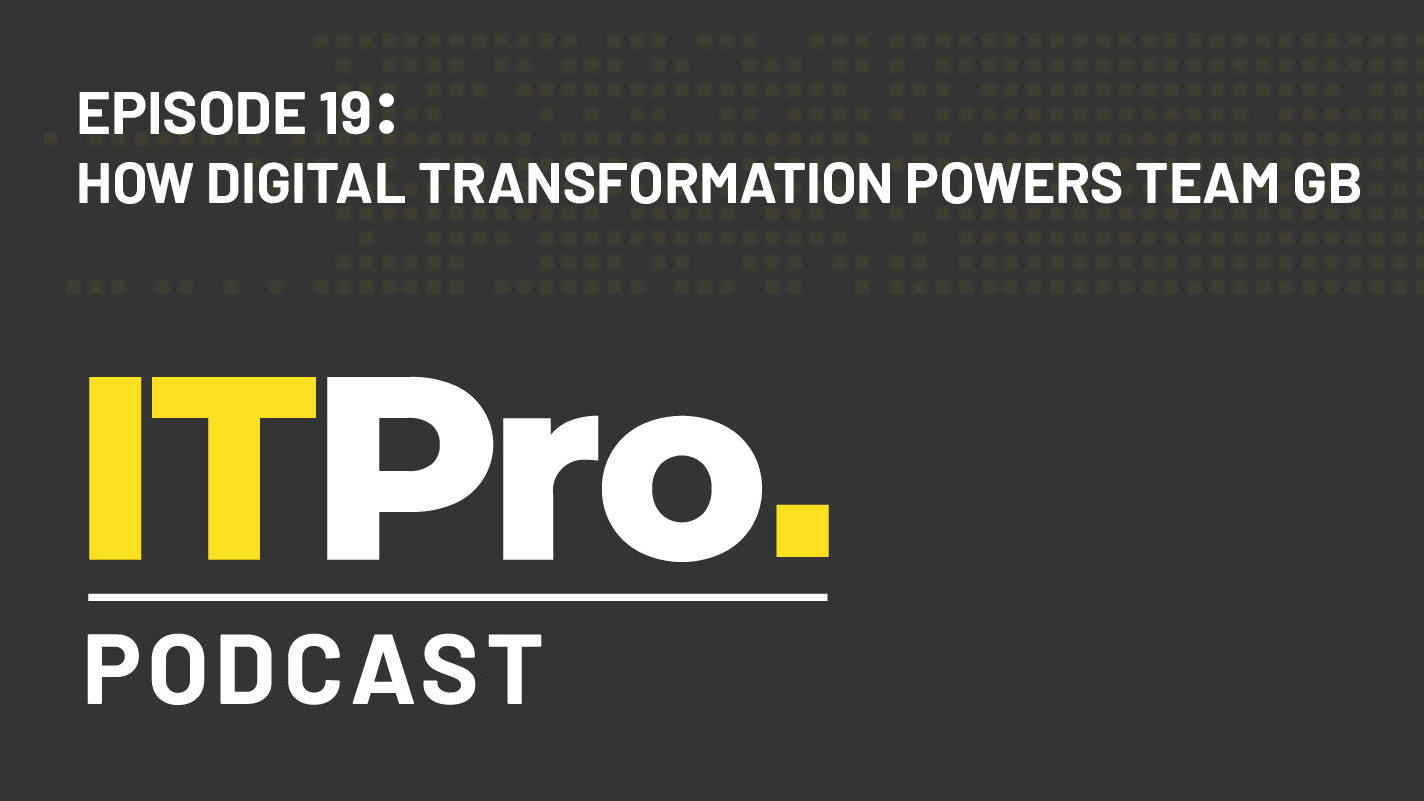
The IT Pro Podcast: How digital transformation powers Team GB
We find out how Britain’s Olympic team and others are using software to drive efficiency
FREE DOWNLOAD
“3D Athlete Tracking (3DAT) is a first-of-its-kind computer vision solution using artificial intelligence to enhance the viewing experience for Olympic fans with near real-time insights and overlay visualisations during athletic events,” Rick Echevarria, vice president and general manager of the Intel Olympic Program, tells IT Pro. “3DAT was developed by Intel and is hosted on Intel-based data centres in Alibaba’s cloud infrastructure. In partnership with Olympic Broadcast Services, it uses four pan-tilt mounted, highly mobile cameras to capture video for analysis.”
Intel’s virtual reality (VR) training will be used to create an immersive learning experience for key managers at competition venues, bringing a number of benefits including lower costs and increased training efficiency. “The training will also include the use of digital twins that can open several opportunities to unleash the power of data for training, planning, simulation and more,” said Echevarria.
Fans can also benefit from Intel’s VR solutions. Intel True VR will be deployed in a range of sports venues for the Tokyo 2020 Olympic Games including the opening and closing ceremonies, track and field, gymnastics, boxing and beach volleyball.
Technology is also helping to make the Games a safe place to be. “Panasonic’s facial recognition gate has been chosen by the Immigration Bureau of the Ministry of Justice to streamline immigration procedures at Tokyo International Airport’s immigration control,” says Masanori Matsushita, Tokyo Olympic and Paralympic enterprise division manager for Panasonic. Without the need for prior registration of biometric data, the system compares photographic data of the traveller’s face in the integrated circuit chip embedded in the person’s passport. A photo taken at the facial recognition gate will verify their identity.
Meanwhile, to prevent visitors suffering from heatstroke, Panasonic has installed its Green Air Conditioner across various Tokyo venues. The solution sprays a fine mist comprised of microscopic water particles. Before these particles evaporate, they absorb the heat and thereby lower the temperature. Additionally, when these particles attach to skin they rapidly evaporate, removing heat and helping people cool down.
According to Takaya, the sum of all of these innovations is a Games unlike any other. “We expect the Tokyo 2020 Games to be the most innovative in history,” he says. “It will be the perfect opportunity to promote technological innovation in Japan.”
-
 Should AI PCs be part of your next hardware refresh?
Should AI PCs be part of your next hardware refresh?AI PCs are fast becoming a business staple and a surefire way to future-proof your business
By Bobby Hellard
-
 Westcon-Comstor and Vectra AI launch brace of new channel initiatives
Westcon-Comstor and Vectra AI launch brace of new channel initiativesNews Westcon-Comstor and Vectra AI have announced the launch of two new channel growth initiatives focused on the managed security service provider (MSSP) space and AWS Marketplace.
By Daniel Todd
-
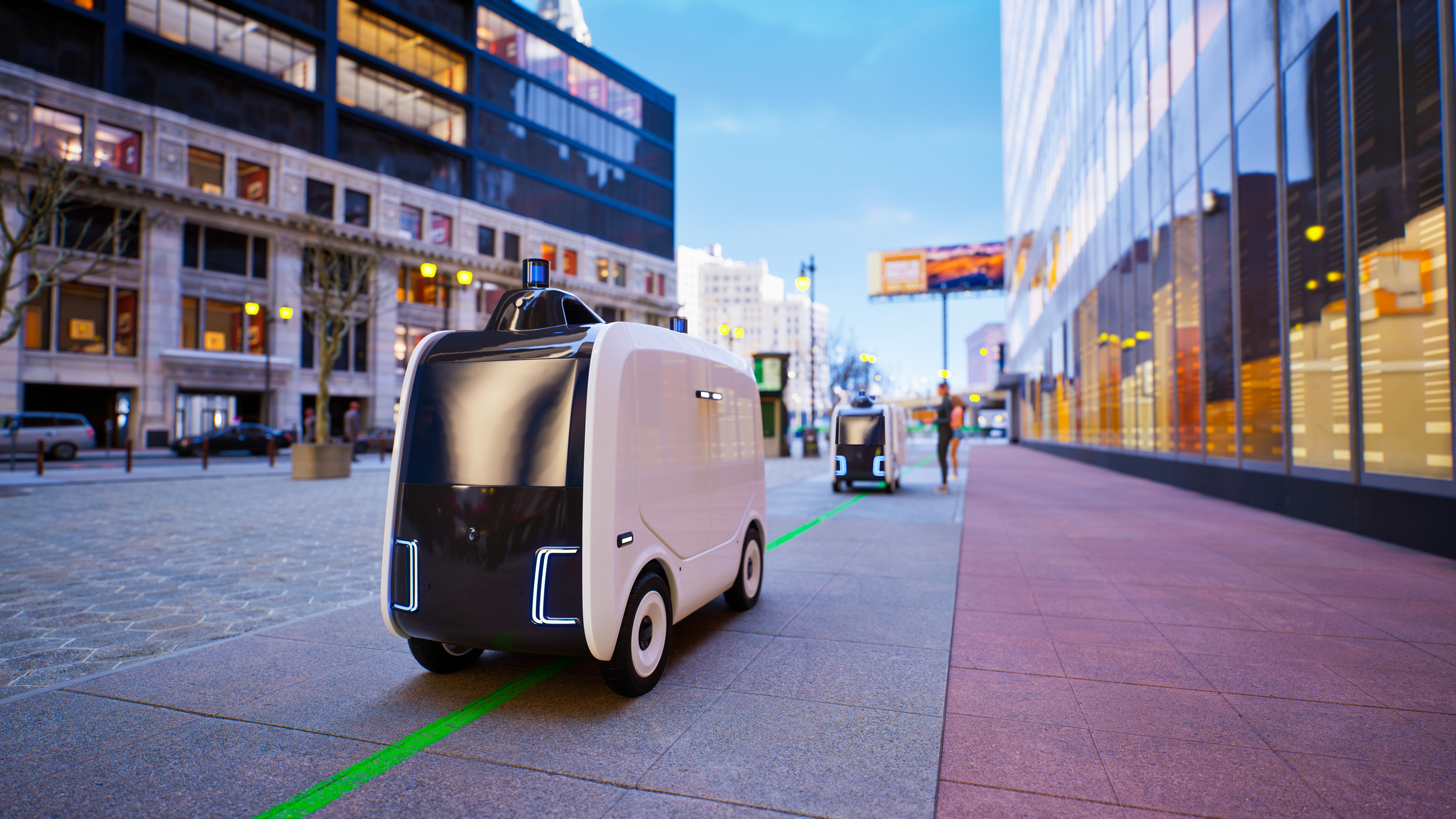 ‘Not if, but when’: Where are the autonomous robots?
‘Not if, but when’: Where are the autonomous robots?In-depth Robots are already common in manufacturing, but where are the autonomous robots of the future and what form will they take?
By Steve Ranger
-
 Automate personalization with AWS
Automate personalization with AWSWhitepaper How marketers can automate, deliver, and analyze billions of personalized messages and offers per day
By ITPro
-
 How a hyper-automation platform can drive value for your bank
How a hyper-automation platform can drive value for your bankWhitepaper Five ways automated processes can drive revenue and growth
By ITPro
-
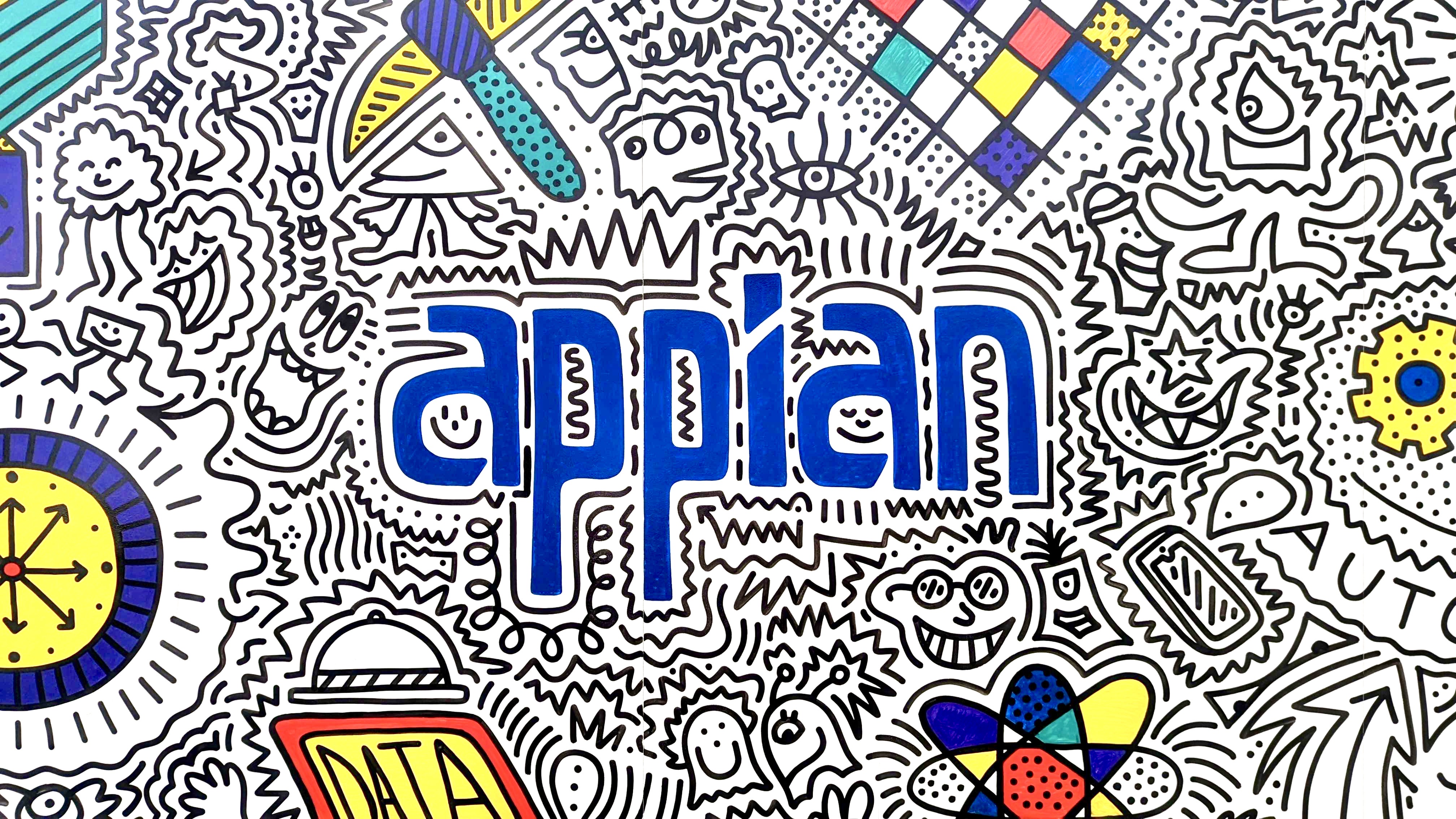 Appian wants to be the AI company for AI skeptics
Appian wants to be the AI company for AI skepticsAnalysis The firm outlines its AI strategy at Appian World 2023 while using ChatGPT and Midjourney to create scripts and imagery for keynote presentations
By Rory Bathgate
-
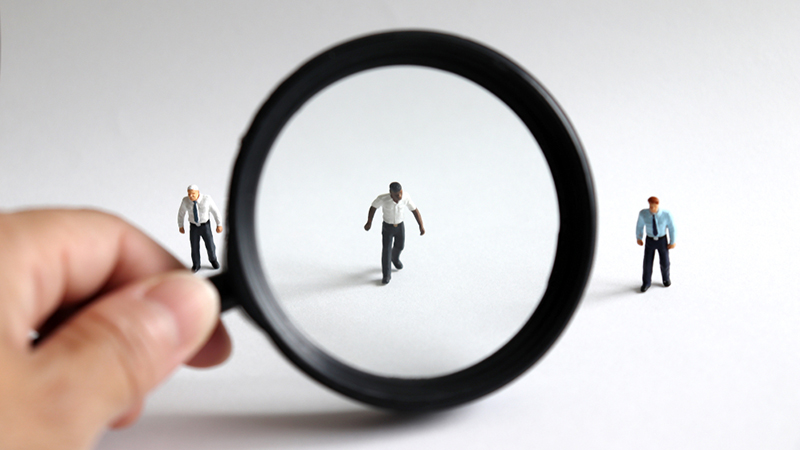 Workday hit with claims its AI hiring systems are discriminatory
Workday hit with claims its AI hiring systems are discriminatoryNews An African American plaintiff has alleged that Workday's systems prevented him from being hired on the basis of his race, age, and mental health
By Rory Bathgate
-
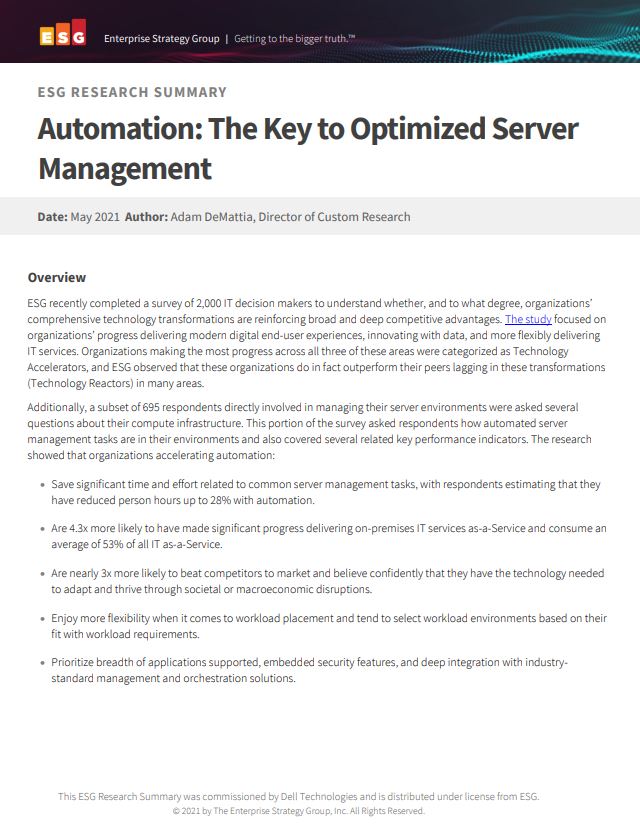 Automation: The key to optimised server management
Automation: The key to optimised server managementWhitepaper Deliver modern digital end-user experiences, innovate with data, and more flexibly deliver IT services
By ITPro
-
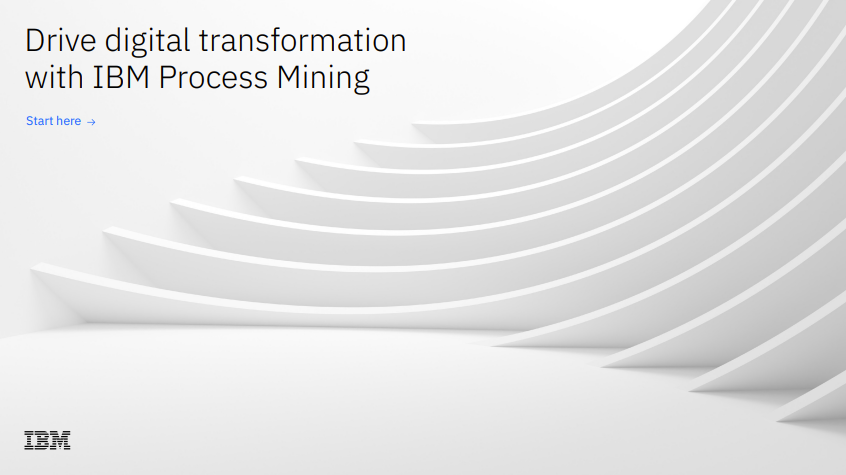 Drive digital transformation with IBM process mining
Drive digital transformation with IBM process miningWhitepaper A process discovery, analysis and monitoring technique to help businesses succeed throughout the entire DX journey
By ITPro
-
 The Forrester Wave™: Robotic Process Automation Services
The Forrester Wave™: Robotic Process Automation ServicesWhitepaper The 15 providers that matter most and how they stack up
By ITPro